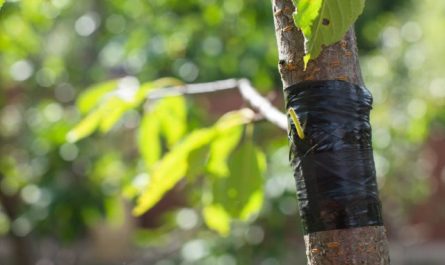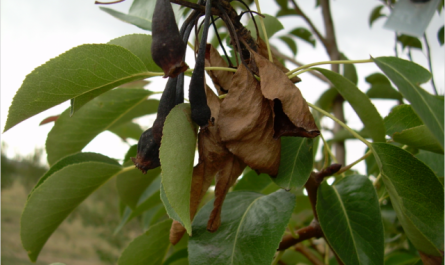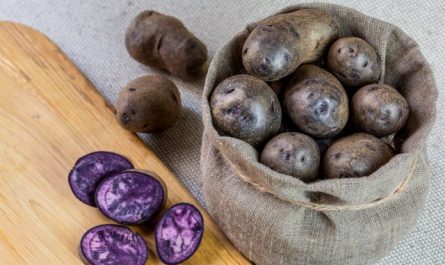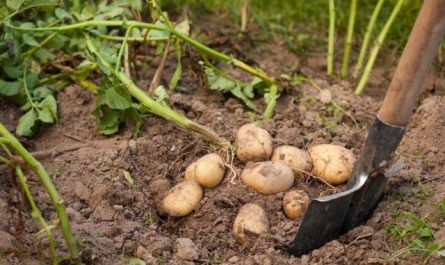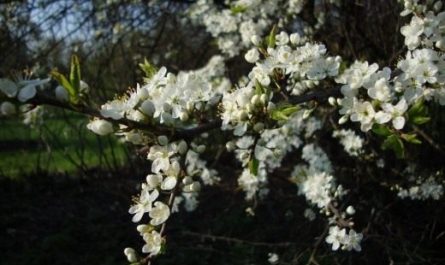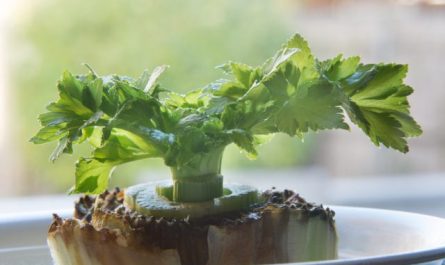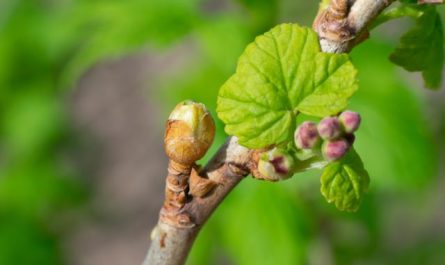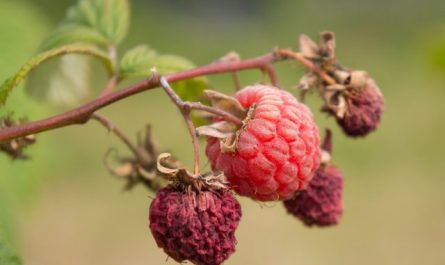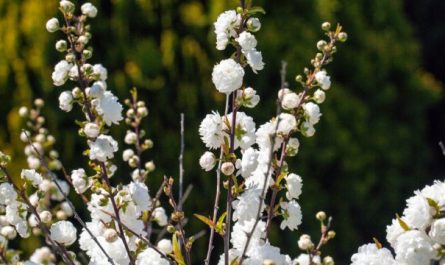Thanks to the efforts of creative individuals, the word “mutant” has acquired a rather frightening meaning. Mutants began to scare people on the pages of books, now all this has moved to TV screens and gadgets. Horror. But in biology, mutations, mutant organisms and their parts are the norm. This is just a persistent change in the genome, not necessarily a negative one. All evolutionary development is based on useful mutations. And nothing to worry about.

Breeders have long been using the process of artificial mutagenesis to obtain new useful properties in plants. Polyploidy is one of the varieties of the mutation process, and we will clarify it so as not to be scared again.
What are polyploids?
This type of mutation concerns sexual reproduction of plants and does not concern cuttings, reproduction by leaves, roots, tubers, etc. Plants are diploid in most cases, that is, they have two complete sets of chromosomes – one from each parent. When the genetic material of the parents is mixed, all the variety of offspring options is obtained.
Sometimes, when fertilizing plants, there are program failures (mutations). Then, instead of two complete sets of chromosomes, there are three, four, and up to 44 sets. These plants are called polyploid. Given the multiple increase in the number of chromosomes, with further reproduction, the diversity of offspring options increases sharply.

In the natural environment, this is not a rare phenomenon in plants. Science differs in its assessment of the ratio, but at least 30% of living plant species are polyploids. Polyploid plants very often differ from their parent forms for the better in terms of appearance, fruit quality, and stability. Natural polyploids are found among both deciduous and coniferous plants. For example, the famous Californian sequoia, which breaks records among vegetation for height (almost 116 m) and longevity (2200 years), is a hexaploid, that is, it has six sets of chromosomes.
The saffron crocus, highly valued all over the world, has three sets of chromosomes – a triploid. Such plants usually have big problems with sexual reproduction (full pairs of chromosomes are not obtained), often to the point of complete sterility. That is, there are no seeds or they are not viable, this crocus can reproduce only by bulbs.

Tetraploids (with four sets of chromosomes) have good sexual reproduction and good indicators. Cotton, for example, is a tetraploid. Tetraploid lingonberry was discovered in the Magadan Region (in Finland, by the way, a triploid one was found) with a small number of seeds in the fruit and almost round leaves. The beloved strawberry flaunts different types of ploidy: forest and green are diploids, eastern is a tetraploid, musk is a hexaploid, Virginia, pineapple are octoploids (8 sets of chromosomes).
Black mulberry stands out for its chromosomal richness (44 sets of chromosomes).
These are all examples of natural polyploidy. It is clear that since its discovery, researchers have been closely involved in this topic. And since the discovery of methods for obtaining polyploids artificially (almost a century ago), breeders have clung to this opportunity with a death grip.
What happened?
The initial euphoria from obtaining polyploids gave way to partial disappointment: polyploid plants did not particularly outperform those obtained by traditional selection methods. But the supporters of the method did not calm down, and began to use the obtained polyploids as the source material for further crossings. And they were right. The number of offspring options is many times greater! As a result, by now general directions have been developed that breeders follow.

The production of triploid plants has proven to be incredibly popular where it is necessary to reduce the number of seeds in fruits. We are already familiar with low-seeded and seedless watermelons, pumpkins, apples, tangerines and other citrus fruits. There is no need to talk about bananas; few have seen bananas with seeds. As a bonus, triploid plants often demonstrate increased growth rate, environmental sustainability and increased nutritional value of fruits. Triploid sugar beets contain more sugar and their roots are larger than those of diploid beets.

Tetraploids have other advantages: they adapt to unfavorable conditions faster and more effectively, they have larger organ sizes (leaves, stems, tubers, fruits). As a result, tetraploid potatoes, corn, coffee, beets, radishes, spinach have become larger and more stable than their diploid counterparts. Durum wheat is also a tetraploid – its grain is larger than that of diploids. Soft bread wheat varieties are hexaploids (6 sets).

Ornamental plants are not far behind, both open and closed ground. Polyploids are also distinguished by increased decorativeness: they have brighter foliage, stronger stems, denser texture of petals, larger and more decorative flowers. They are able to tolerate more unfavorable conditions compared to diploids.
Most Elatior Begonia hybrids are triploids, some are tetraploids.
There are many polyploid varieties of tulips, daffodils, lilies, daylilies, begonias, hydrangeas, hippeastrums, hostas, gladioli, and many, many others. So we are surrounded by polyploids on all sides. And they are not monsters at all.
About daylilies – especially
Most natural daylily species are diploids, and only the red daylily is a natural triploid. The first tetraploid daylily was obtained in 1947, and from that moment on, active work began on turning daylilies into tetraploids – debugging methods, searching for new methods. The daylily ‘Mary Todd’, created in 1967, received the highest award of the American Daylily Society 11 years later. Since 1996, all daylilies that have received this award are tetraploids – they are very good.

Tetraploids are distinguished by their denser leaves, thick stems, large flowers with wavy, corrugated edges and sometimes even “needles” along the edges of the petals, like fringed tulips. The petals themselves are dense, and there are more buds on the peduncle.
Modern, spectacular varieties with lace, frills and incredible colors are usually tetraploids.:
- “Big Blonde” (‘Big Blonde’),
- ‘Calico Jack’
- «Cape Breton» (‘Cape Breton’),
- “Color Symphony” (‘Color Symphony’),
- “David Kirchhoff”,
- “Diva’s Choice” (‘Diva’s Choice’),
- “Flower Festival”
But most spider and double daylilies are diploids.
This information is vital for breeders, and ordinary gardeners may need it if they suddenly want to improve this beauty even more or simply breed their own new, completely exclusive daylily.
Crossing diploids with tetraploids in garden conditions is usually futile. But tetraploids, when crossed with each other, will certainly “give out” something unusual. Only they form few seeds. However, this is not bad: we do not have plantations and there is simply no place to grow hundreds of experimental seedlings to the flowering stage. Diploids cross with each other quite successfully. That is, spiders – with spiders, corrugated – with corrugated.
